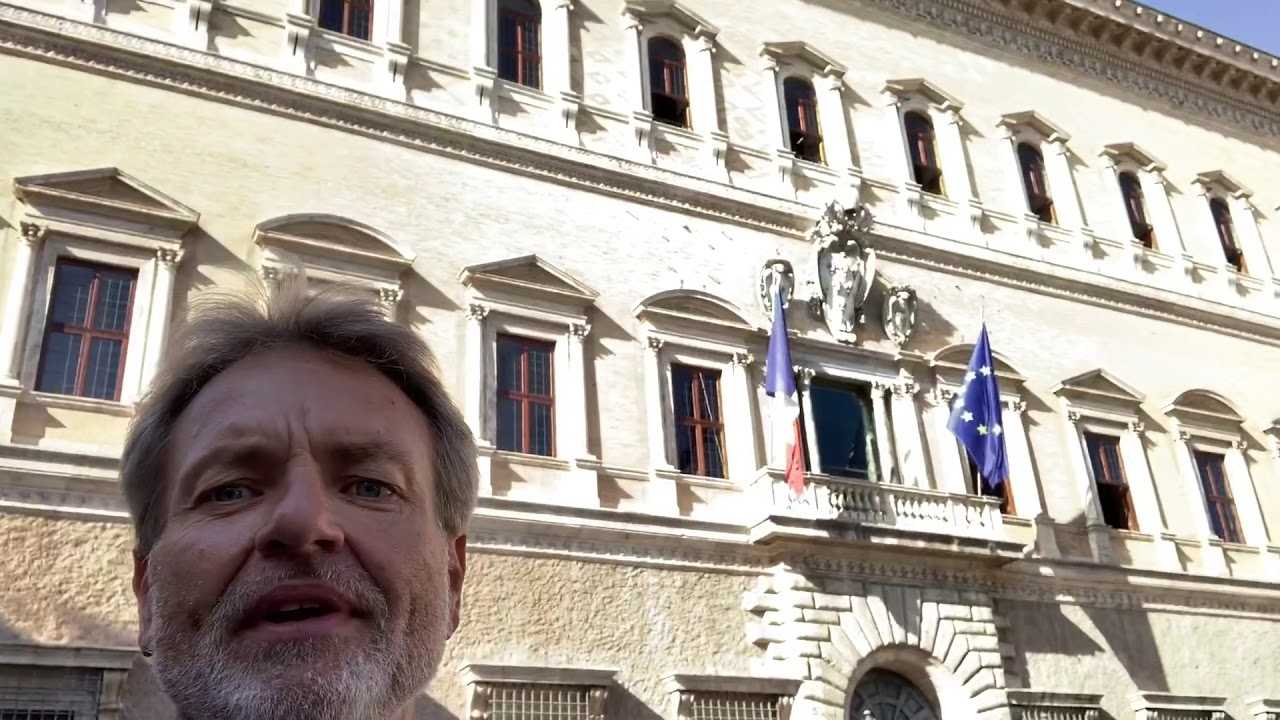Discovering Rome’s Renaissance Architecture in Palazzo Farnese
Palazzo Farnese stands as a testament to the grandeur and elegance of Renaissance architecture in Rome. This magnificent palace, located in the heart of the city, offers a glimpse into the artistic and cultural achievements of the Renaissance period. Whether you’re an architecture enthusiast or a curious traveler, exploring Palazzo Farnese provides a unique opportunity to appreciate the beauty and history of this iconic building.
A Brief History of Palazzo Farnese
Palazzo Farnese was commissioned by Cardinal Alessandro Farnese, who later became Pope Paul III, in the early 16th century. The construction of the palace began in 1517 and was completed in 1589. The design of the building is attributed to several renowned architects, including Antonio da Sangallo the Younger, Michelangelo, and Giacomo della Porta. Each contributed to the palace’s distinctive style, blending classical elements with innovative Renaissance features.
The palace served as the residence of the powerful Farnese family and later became the French Embassy in Italy, a role it still holds today. Its historical significance and architectural brilliance make it a must-visit destination for anyone interested in the Renaissance era.
Architectural Highlights of Palazzo Farnese
Palazzo Farnese is renowned for its harmonious proportions and exquisite details. The façade of the building is a masterpiece of Renaissance design, featuring a symmetrical layout with elegant windows and a grand entrance. The use of rusticated stone on the lower levels and smooth ashlar masonry on the upper floors creates a striking visual contrast.
One of the most impressive features of the palace is the courtyard, designed by Michelangelo. The courtyard is surrounded by a series of arches and columns, creating a sense of openness and grandeur. The intricate stucco decorations and frescoes that adorn the interior walls further enhance the palace’s artistic appeal.
Inside, visitors can admire the stunning frescoes by Annibale Carracci in the Farnese Gallery. These frescoes depict scenes from classical mythology and are considered some of the finest examples of Renaissance art. The gallery’s ceiling, with its vibrant colors and dynamic compositions, is a highlight of any visit to Palazzo Farnese.
Visiting Palazzo Farnese
While Palazzo Farnese is not open to the public on a daily basis, guided tours are available by appointment. These tours offer a rare opportunity to explore the palace’s opulent rooms and learn about its fascinating history. It’s advisable to book in advance, as the tours are popular and spaces are limited.
When planning your visit, consider combining it with a stroll through the surrounding area. The palace is located near Campo de’ Fiori, a lively square known for its bustling market and vibrant atmosphere. This area is perfect for enjoying a leisurely walk, sampling local cuisine, or simply soaking in the ambiance of Rome.
For those interested in Renaissance architecture, a visit to Palazzo Farnese is an enriching experience. The palace not only showcases the architectural brilliance of the period but also offers insights into the cultural and political dynamics of Renaissance Rome.
